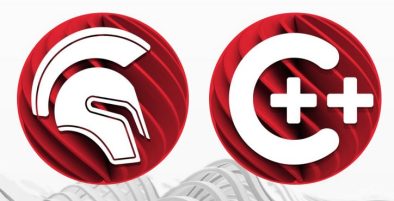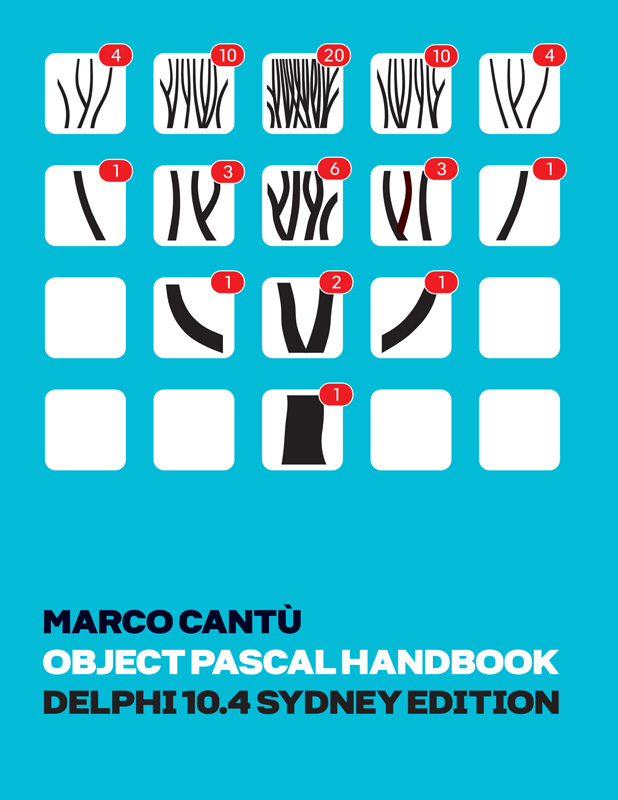
Are you a developer looking to build apps faster with less coding involved? Do you want to use your code to create cross platform apps which work on Windows, macOS, Linux, iOS and Android? Do you also wish to increase the efficiency of developing large projects and extended multi-monitor support? If yes, RAD studio fits the bill.
Table of Contents
What is RAD Studio?

RAD Studio is an ultimate IDE which enables software developers of all types to create high-performance native applications which work on all sorts of desktop computers and mobile devices with flexible internet Cloud services and broad Internet Of Things (IoT) connectivity. It provides VCL (Visual Component Library) controls for Windows 10 and Windows 11 and enables development for Windows, macOS, Linux, iOS, and Android using the FMX FireMonkey cross platform library.
RAD Studio applications work natively on every available popular platform, and because there is no cross-compiling or intervening virtual emulation runtime environment around the code the apps you develop are able to harness all the raw horsepower of the machine’s CPU. graphics processor, and operating system. All these factors combined make RAD studio an excellent choice for developers.
Top 5 Reasons People Buy RAD Studio
The FireDAC data access library is incredibly powerful yet is easy to use
FireDAC is a Universal Data Access library. It is generally used for developing applications on multiple devices connected to organizations’ databases. The robust universal architecture enables FireDAC to access from Delphi and C++ builder to DBMS client software. The DBMS can include but is not limited to InterBase, SQLite, MySQL, Oracle, Access, DB2, and more.
It is a powerful and easy-to-use access layer that integrates data access with features to build real-world high-load applications. FireDAC also provides a standard API for accessing different database back-ends. And that too without giving access to unique database-specific features and compromising on performance. It is used in Android, iOS, Mac OS X, and Windows applications you are developing for phones, PCs, and tablets.

Multi-tier data layer development is baked into the IDE
A multi-tier framework is based on the principle that data access should be separated into multiple levels or tiers – usually three. Developers prefer multi-tier development as it combines various systems and databases into a single layer that the client can then access.
Multi-tier can hide away the complexities of the back end to the client development.
It’s compelling if you make changes to the business logic based on different systems. You can even migrate from one system to another, swapping out system one for system two. All in all, multi-tier is a great resource to hide away and simplify changes that you need in the back end without changing the connectivity to the client.
Linux 64bit support enables development of enterprise level apps and services

Developers love taking the existing code and recompiling it for the Linux platform. Doing so provides much lower cost ownership and ongoing serviceability of the servers. It ultimately helps improve development margins.
Incorporating modern development practices like DevOps for testing and configuring the Linux docker container becomes a lot easier.
This also provides the latest long-term support editions of ubuntu and red hat enterprise. Finally, with Linux 64 bit, a developer can update the back end without changing the connectivity to simplify some of the needed changes.
InterBase ToGo caters to all your cross-platform data needs

User security and the full on-disk encryption are what sets InterBase apart from other database platforms. It is the best in data protection and PCI compliance. InterBase’s encryption levels enable developers to secure data using different encryption keys. It also allows developers to have complete built-in security to provide decrypt functionality to managers and HRs within an enterprise.
For instance, a developer can select staff from the employee table but give only the HR access to see the wages. So, InterBase ToGo can be an excellent resource for many different setups in the development field.
Enterprise Connectors are the secret to low code super-powered connectivity

The fifth and final feature which developers like are the enterprise connectors. Enterprise connectors allow developers to connect to 90+ leading enterprise systems like SAP, Office, and Jira. It extends the connection with unique kinds of drivers that then treat these enterprise systems like another data source.
You can also query and interact with them using standard SQL. So, rather than working with different APIs, a developer can link to the enterprise connector, put the data in, and work with it. Moreover, these enterprises are royalty-free for distribution within an enterprise.
What is Delphi?

Delphi is one of the classic programming languages and a cornerstone of the software development world. Even though many new programming languages and frameworks have emerged, Delphi stood its ground firmly. Why? It’s because Delphi is one of the most reliable and efficient languages for software development.
Furthermore, over time, Delphi has expanded its capabilities, features, and libraries to keep up with evolving needs of developers. It’s still highly relevant even after 26 years of its inception. Today it offers a unique and desirable proposition that combines native capability, low-code high productivity development, and integration with other languages.
Why do developers love Delphi?
Developers mainly love Delphi because of its simplicity and speed of writing code. RAD Studio with Delphi falls in the expansible IDEs list, which means you can add new features from the market according to your needs. It makes Delphi easier to keep up to date and reach other platforms for the framework.
It is better in technical applications and big-data solutions where performance and predictable code execution are critical. If you produce a commercial product and value source code privacy and multi-platform support, Delphi is great for you.
Should I use RAD Studio for app development?

If you want 5x faster development with testing and debugging across all platforms, RAD Studio should be your number one choice. It is popular for large enterprises due to its performance, usability, and inbuilt security. RAD Studio offers lower TCO (Total Cost of Ownership) and easier development with write once, deploy multiple platforms capability.
Apart from its fast speed and efficiency, RAD Studio poses less risk to the organization than others since the created applications are fully compiled rather than a simple easily corrupted or altered scripting solution. The fully compiled native nature of the finished application protects both the company’s intellectual property in the form of the source code but also the privacy and security of the user. So, if you are to make a decision right now, it should be in favor of RAD Studio.
Do you want to enhance your productivity and improve user experience? Build apps with the latest version of the full-featured RAD Studio IDEs by downloading a free 30 day trial here.
Design. Code. Compile. Deploy.
Start Free Trial Upgrade Today
Free Delphi Community Edition Free C++Builder Community Edition





